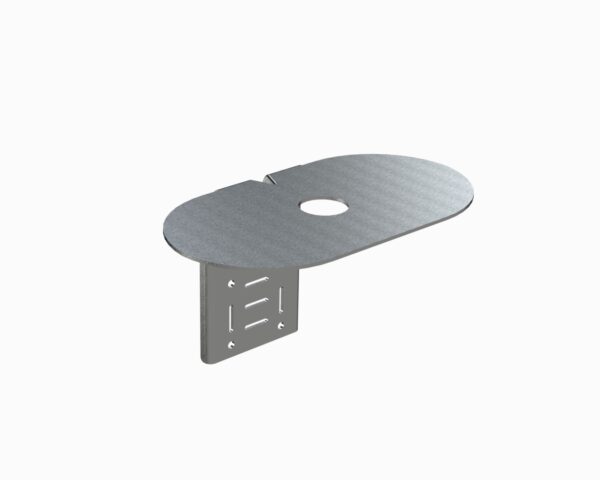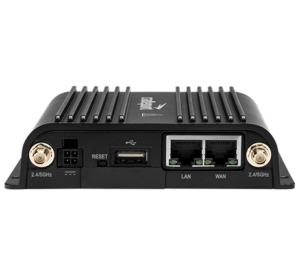

Inside, a multi-filter system includes not only the traditional SAW filters typical in GPS receiver designs but also a 2.4 GHz notch-filter capable of nullifying the jamming effects of high-energy radio devices such as Wi-Fi hot-spots, Bluetooth systems, cordless phones, and others, which greatly affect a GPS receiver’s ability to resolve timid satellite signals in the hostile radio environment where they need to operate. Its state of the art RF front-end employs spatially calibrated waveguide-quality radio paths inside the three-dimensional space of its architecture drastically reducing parasitic impedances characteristic of traditional 2-D RF designs. The miniature 4.7×4.7mm LGA (Land Grid Array), SiRFstarIVTM-based Jupiter SE880 receiver module employs leading heterogeneous 3D integrated technology to achieve best-in-class performance in all dimensions critical for regular or size-constrained GPS applications. Both companies are making available complete application notes to simplify the engineering effort for system integrators.

The PTA1.5M active antenna delivers the ultra-sensitive Jupiter SE880 micro receiver over 15dB of additional gain in the operating frequency range. Along with class leading miniaturization, the receiver outperforms top traditional designs handling with excellence, a loss of 10dB or greater in the GPS signal reaching, for example, the typical OBD port under a vehicle’s dashboard where many usage-based insurance (UBI) data-loggers are installed. A flat component arrangement can yield an ultra-low-profile volume of 6x16x2.4 mm. For host devices able to accommodate higher volumetric symmetry, assembly of the components can be made to fit a 6x16x8mm volume. – Janu– Telit Wireless Solutions, a global provider of high-quality machine-to-machine (M2M) solutions, products and services and Plano, Texas based Parsec Technologies, Incorporated, a global supplier of advanced amplifier technology communications products, solutions, and services, today announced that a combination of the companies’ technologies results in the world’s lowest profile companion solution for GPS receiver and antenna.
Parsec technologies inc Patch#
Telit’s Jupiter SE880 GPS receiver and Parsec Technologies’ PTA1.5M antenna use only 8% volume to outperform top 25x25x2 mm traditional patch antenna for ultra-compact GPS design Device Compliance and Certification Services.Device Manufacturing and Supply Chain Management.Plano, Texas-based Parsec is displaying their products for M2M devices, showcasing their GPS and GNSS product line of active and passive antennas as well as introducing their new ultra-thin dual band cellular antenna at CTIA 2014 in Las Vegas, Nevada – Booth #6221 in the M2M Zone. Antenna gain: Ga=0.8 dBi Fc = 1575.42 MHz, linear polarization.Highest rated efficiency in class: 50% at 1575.42 MHz.50 MHz bandwidth: covers GNSS systems from 1560 – 1610 MHz.Micro miniature size: 9mm x 9.175mm x 1.3mm (L x W x H).

The Parsec PTA 1.5M-9 is a wideband antenna ideal for embedded LBS receivers requiring good user experience to operate within 5 to 7 mm of the human body, indoors in the presence of multi-path, and in applications with obstructed views of orbiting satellites. The PTA1.5M-9, sized 9 x 9.175 x 1.3 mm, integrates easily with GNSS/GPS 3D-SIPs and system-on-chip (SoC) receivers with only a single direct connection typically required, and is compatible with any GNSS receiver operating from 1560 to 1610 MHz. Parsec Technologies, Inc., global provider of wireless positioning antennas and amplifier integrated circuits for the consumer, automotive and defense markets, introduced its GPS/GNSS L1 high-radiated efficiency active antenna at CTIA Super Mobility Week September 10.


 0 kommentar(er)
0 kommentar(er)
